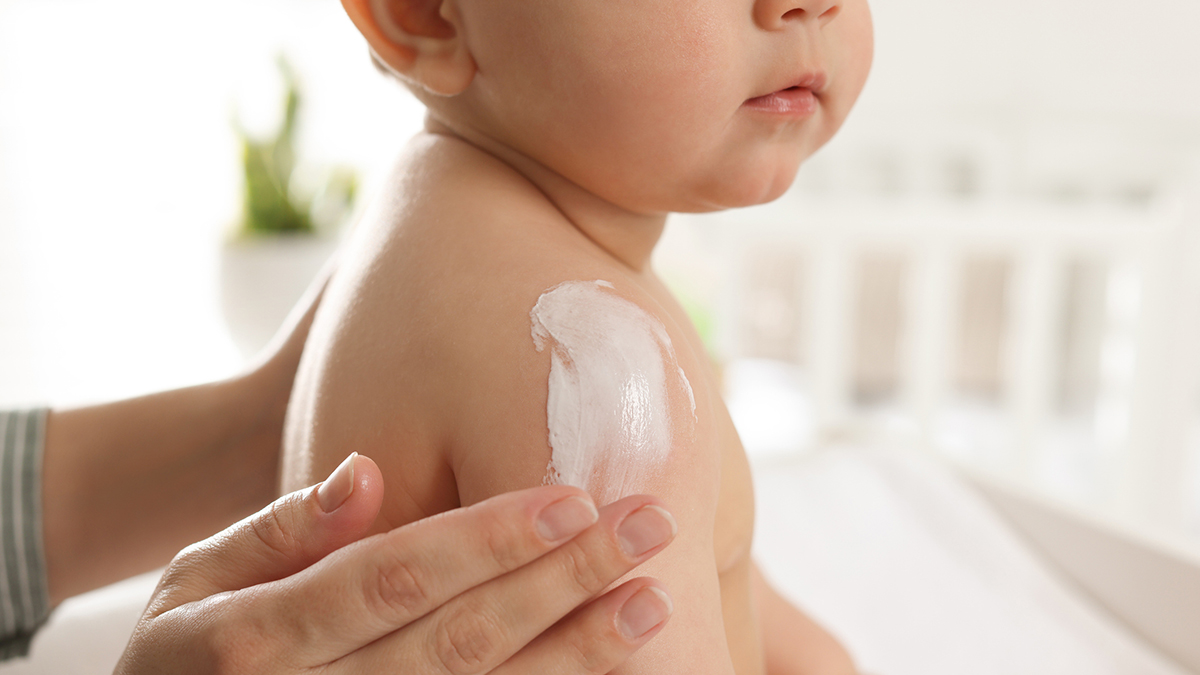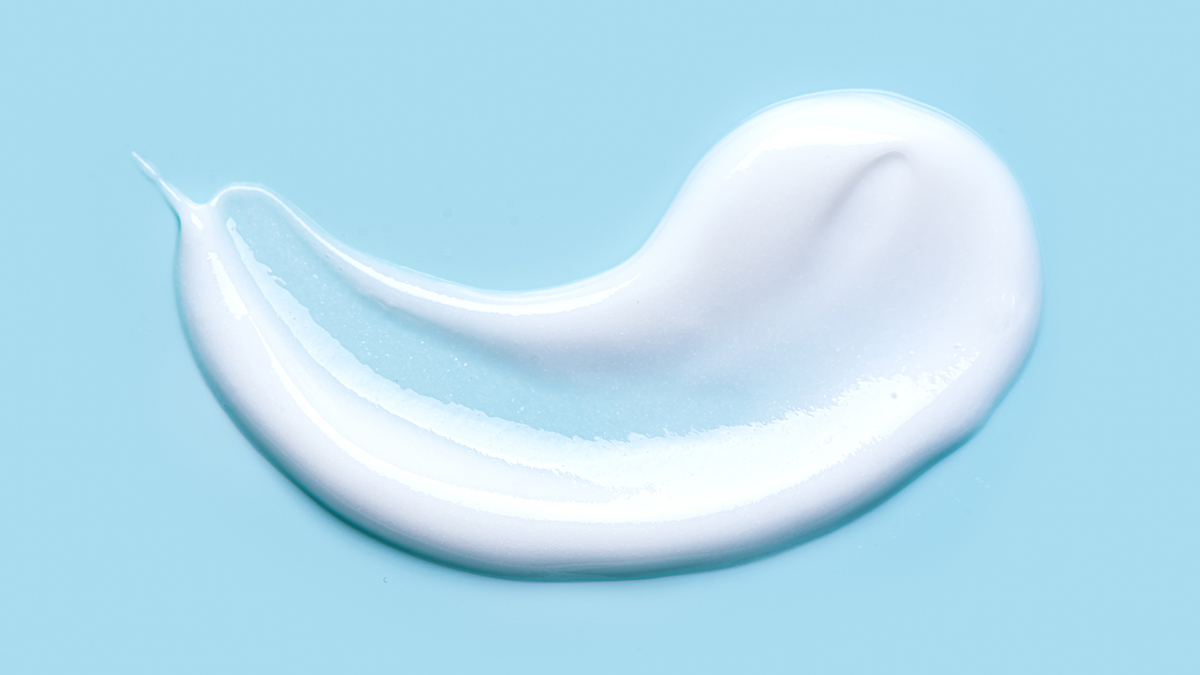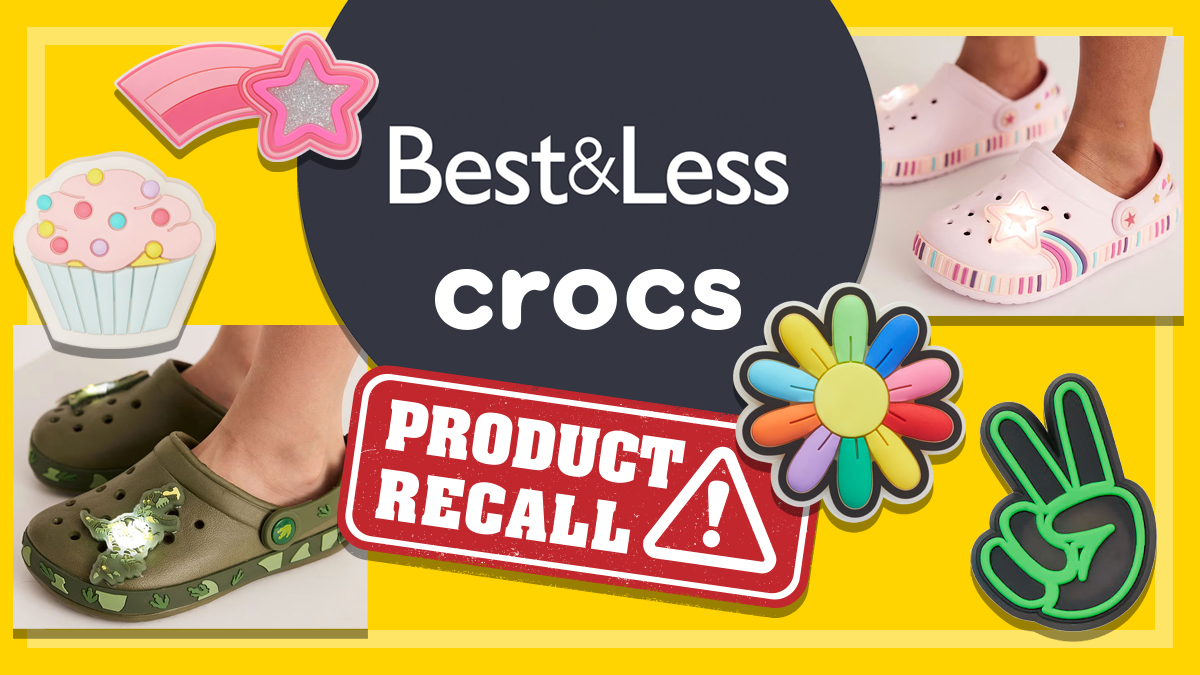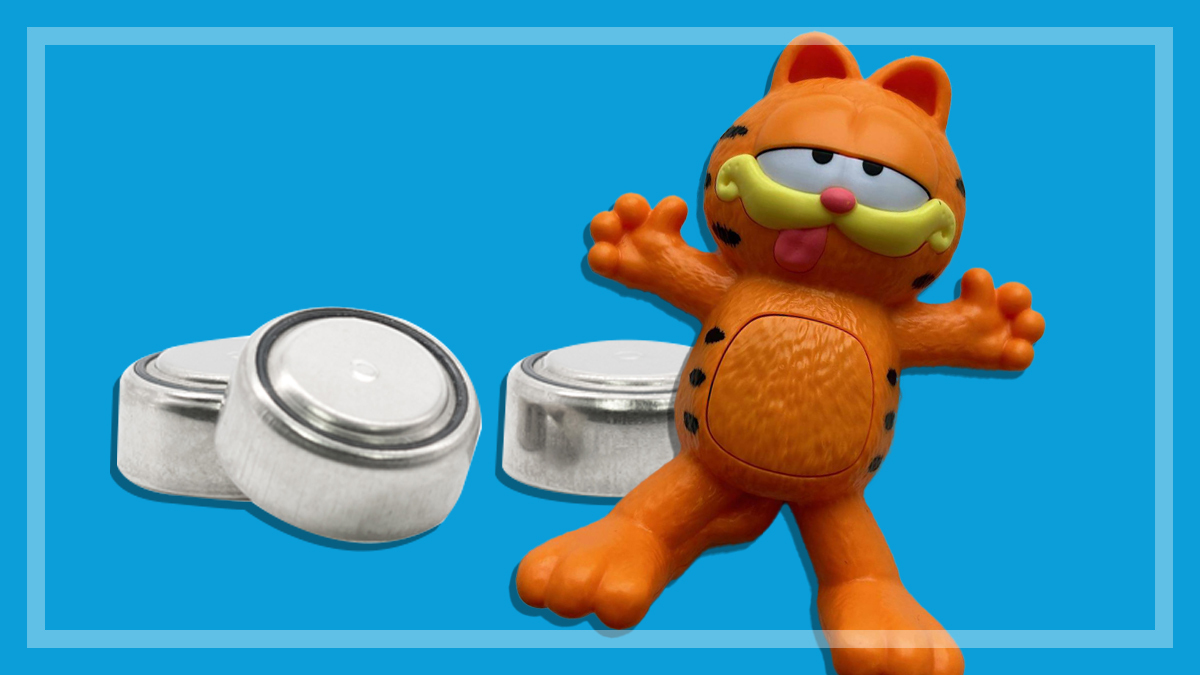Get our independent lab tests, expert reviews and honest advice.
What is the best sunscreen for babies and kids?

Protecting your kids’ skin from the sun’s rays is almost a full-time job when you’re a parent or carer in Australia.
On this page:
We know that one of the most important elements of being sun safe is to regularly apply a SPF 50 or higher broad-spectrum water-resistant sunscreen to create a barrier between the sun and our skin, and this is particularly important for children.
But choosing a sunscreen from the huge variety on offer, and knowing which one is best for your family, can be a confusing task.
Kids have a higher risk of sunburn and skin damage due to their delicate skin
Kids have a higher risk of sunburn and skin damage due to their delicate skin, and exposure to UV radiation during their first 15 years greatly increases the risk of developing skin cancer later in life.
There are plenty of sunscreens that are targeted towards parents and carers, specifically labelled as being suitable, safe or even specially designed for babies, kids and ‘juniors’. These can differ in various ways from standard sunscreens and may or may not be suitable for your child.
Alarmingly, in recent CHOICE testing, several sunscreens did not live up to their SPF claims, making it even more important to ensure you’re putting multiple sun-safe strategies in place.
Sun protection for kids
When it comes to sun protection, sunscreen is just one of the strategies experts advise we should be using, particularly when it comes to children.
Most Australians are familiar with the Cancer Council’s Slip, Slop, Slap, Seek and Slide awareness campaign, which encourages us to Slip on a shirt, Slop on sunscreen, Slap on a hat, Seek shade, and Slide on some sunglasses to maximise sun protection and reduce the risk of skin cancer.
We’re also advised to avoid sun exposure during the middle of the day when UV radiation levels are at their highest.
Where physical barriers such as wraps, clothing, hats and shade cannot prevent exposure of skin to the sun, an SPF 50 or higher, broad-spectrum and water-resistant sunscreen should be used.
Do you need a special ‘kids’ sunscreen?
Children aged over six months can generally use the same sunscreen as adults, but there are reasons to consider using a sunscreen specifically designed for kids, especially for babies and toddlers.
These formulas, often marketed with fun, bright colours with ‘kids’ labelling, are just as protective, but can be much gentler on younger, more sensitive skin.
These formulas are just as protective, but can be much gentler on younger, more sensitive skin
SunSmart (a partnership between Vic Health and the Cancer Council Victoria) says: “Sensitive and toddler sunscreens avoid using ingredients and preservatives that may cause reactions in young skin. It is recommended you apply a small amount of the product on a small area of the child’s skin for a few days to check if the skin reacts before applying it to other areas.”
Kid-friendly sunscreens also often come in roll-ons or sprays, which you may find easier to apply to a squirming toddler than a cream. But if you’re using a spray or aerosol sunscreen, be careful that you’re evenly applying the correct dose.
Chemical vs physical sunscreens
There are two main types of sunscreens, which differ based on their active ingredients:
- Physical sunscreen (also known as mineral sunscreen) contains zinc oxide or titanium dioxide as its active ingredients. These create a physical barrier on the skin to deflect or scatter UV rays away from your skin.
- Chemical sunscreen absorbs UV rays and stops it from penetrating your skin. Common active ingredients in this type of sunscreen are homosalate and octocrylene. Chemical sunscreens can cause skin irritation.
Mineral-based sunscreens containing titanium dioxide or zinc oxide are considered to be the safest option for babies under six months, as they offer protection from UV light, yet very little is absorbed through the surface of the skin.
They tend to leave a white residue on the skin (think of the white or fluoro stripes from zinc sticks adorning kids’ noses on the beach), but this is easily washed off.
Many parents opt for physical sunscreens for older children, too, and there are plenty of sunscreens of this type marketed as being family-friendly.
Concerns about endocrine disruptors
There’s also concern that some chemical sunscreens are endocrine disruptors – that is, they have hormonal effects in humans. These include oxybenzone, octyl methoxycinnamate, homosalate and 4-MBC.
While this activity has been shown in animals and tissue tests, the doses used in testing are vastly greater than the amount used for human sun protection.
Sunscreens are regulated in Australia by the Therapeutic Goods Administration (TGA) and their ingredients must be approved and assessed for quality and safety.
The kids’ sunscreens that didn’t meet their SPF claims:
- Banana Boat Baby Zinc Sunscreen Lotion – Claimed SPF 50+; Actual SPF 28
- Cancer Council Kids Clear Zinc – Claimed SPF 50+; Actual SPF 33
- Nivea Sun Kids Ultra Protect and Play Sunscreen Lotion – Claimed SPF 50+; Actual SPF 41
The sunscreens for kids that failed CHOICE testing
CHOICE has tested 20 popular sunscreens, from a range of widely available and commonly purchased brands at different price points, to see whether the sun protection factor (SPF) claims made on each product are legitimate.
Alarmingly, 16 of the 20 sunscreens we tested failed to match their stated claims of SPF 50 or SPF 50+.
Four of the sunscreens we tested were products marketed specifically for children. Only one, the Cancer Council Kids Sunscreen 50+, passed our testing with a reported SPF of 52.
The following sunscreens marketed for children failed to meet their claims:
- Banana Boat Baby Zinc Sunscreen Lotion SPF 50+ – returned a test result of SPF 28.
- Cancer Council Kids Clear Zinc 50+ – returned a test result of SPF 33.
- Nivea Sun Kids Ultra Protect and Play Sunscreen Lotion SPF 50+ – returned a test result of SPF 41.
See the full list of sunscreens that failed to meet their SPF claims.
Any sunscreen is better than no sunscreen
It’s important to note that using any sunscreen is better than using no sunscreen, especially when it comes to children over six months old.
SPF is a measure of how effective sunscreen is at protecting your skin from UVB rays. If it takes five minutes of sun exposure for your skin to start burning, applying an SPF 50 sunscreen protects you for 50 times that amount of time – in this case 250 minutes. Sunscreen with an SPF of 30 would protect you – ideally – for 180 minutes, a sunscreen with an SPF of 25 for 125 minutes and so on.
So a sunscreen with an SPF of 30 or even 20 still offers a significant amount of sun protection.
Even if you have one of the brands above in your bathroom cupboard, you should still continue to use it. Just be aware that it may not deliver the level of sun protection it claims on its packaging and you should adjust your reapplication schedule accordingly.
How much sunscreen do you need to apply?
Tips for sun-safe babies and kids
For babies
- Keep babies in the shade as often as possible.
- If it’s impossible to avoid the sun, make sure they are only exposed for a few minutes.
- If you can’t cover your baby completely with clothing when they are in the sun, use sunscreen designed for sensitive skin or for children, and apply to exposed areas. Be sure to do a patch test first (on a small area of skin) if it’s a brand you haven’t used before to ensure it doesn’t cause a reaction.
- Be prepared when you go out – carry suitable clothing, hats and sunscreen so you aren’t caught out. Pack a sun shade/shelter for the beach and/or park, and avoid heading out at peak UV times.
- Role model the behaviour – kids and even babies are more likely to be happy to wear sun-safe clothing and hats if you do.
For older children
- On days that will have UV levels of 3 or higher you should make sure your child is wearing sunscreen when they go to school, and preferably that they pack some in their bag to reapply themselves. UV levels and sun protection times are reported in the weather page of Australian daily newspapers, on the Bureau of Meteorology website, and on some radio and mobile weather apps.
- If children are very active and will be sweating or swimming, ensure you choose a water-resistant sunscreen and reapply regularly.
For everyone
- Put on sunscreen 15–20 minutes before going outside.
- Make sure you use enough sunscreen – you need at least a teaspoon (5mL) for each leg, arm, your back and so on, and more if you’re bigger.
- If you’re sweating heavily or rubbing your face, you’ll need to reapply every two hours. If you’ve been in the water, dry yourself and reapply.






